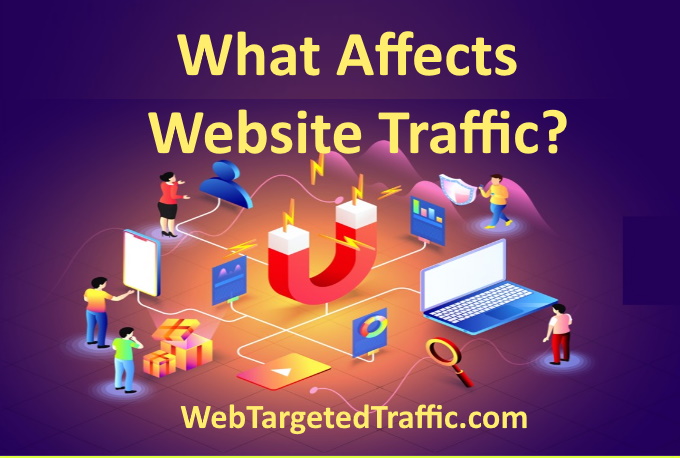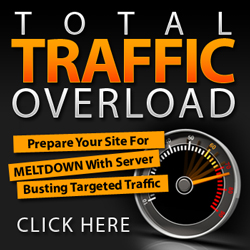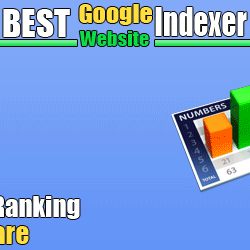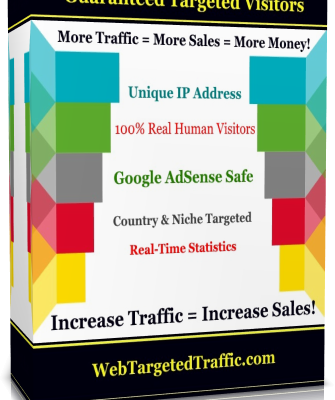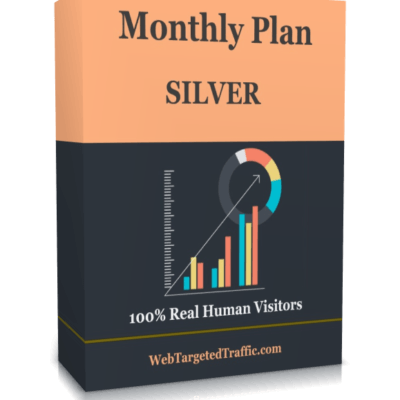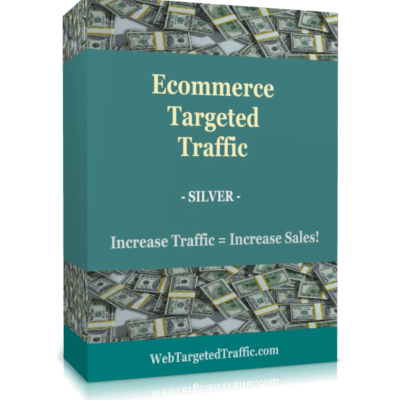The most common cause of a sudden drop in website traffic is a recent search algorithm update. Penalties, redirects, incorrect robots.txt rules and ranking losses are all other legitimate reasons why you may see a drop in website traffic.
Different factors affect your website’s traffic. One of those being Google’s algorithms. It’s no secret that Google has an algorithm, and similarly to any other company, they can change it at any time. For example one of the updates to Google’s algorithm was Mobilegeddon. Mobilegeddon was a change that gave preference to pages using mobile-friendly web design. This update meant websites had more chance of ranking well on Google if their site was mobile-friendly and had a properly coded meta description and title tag.
You’re ranking on Google will also affect how you generate traffic. Obviously the higher you rank on Google’s search engine the more likely people will find you and click onto your website. How do you get on the first page of Google? Google does something called indexing. It scans the content on your website and determines how relevant it is to whatever the person is searching for. For example, if someone is searching for a red jacket. Google will look at the content on your website and determine how relevant it is to a red jacket. They do this by looking at how many times red is mentioned in your copy, what type of words you use in relation to jackets, or anything else surrounding that topic to decide where you rank.
On-page search engine optimization (SEO) is another factor. On-page SEO is all about making your site search engine optimized, meaning that it’s easier for search engines to crawl and read through your website. This means having proper H1, H2, H3 headlines, setting up meta-tags and descriptions. Having alt-text on your pictures (because Google can’t see pictures). Setting these up and making sure you’ve included your keywords will help Google determine how relevant your website is to the query.
There’s also domain authority. Domain authority of a website describes its relevance for a specific subject area or industry. The higher the number the more likely your website will appear on the first page of the Google results. In order to get a higher domain authority, you need to create high-quality and relevant content. Quality and relevancy trumps quantity every time. As your domain authority grows your website will start to build trust with Google and in return, you’ll start to appear higher in search engines.
Finally, there are inbound and outbound links. Google likes it when you link to a different website or link to another page on your own website. This is a signal to Google that both of your websites are relevant to one another, which in turn gives them a reason to place you higher up on the search engine.
Table of Contents
What is site website speed or website performance?
Website performance is a measure of how effectively a site can deliver and convey critical information. It’s how quickly the pages of a website load and display in your web browser. Clarity is also a key indicator of performance. For example, Google uses how a page loads as part of its measure of performance. If the page judders, shifts about, or is erratic when loading, then it will be ranked lower than a page that loads smoothly.
A high-performing site needs to be technically lightweight and put together in a way that doesn’t conceal or hinder the user from accessing the information they need. When it comes to your website, first impressions count. And its initial performance can be the difference between a converting customer and a swift exit.
When a customer sits down to eat at a restaurant, slow service from the waiter often results in poor Yelp reviews and fewer future customers. Similarly, slow site speed can result in poor search engine rankings, lower overall site traffic, and negative user experiences.
Website speed, or website performance, refers to how quickly a browser is able to load fully functional webpages from a given site. Poorly performing sites that render slowly in a browser can drive users away. Conversely, sites that load quickly will typically receive more traffic and have better conversion rates.
How Website Traffic Affects SEO
As a digital marketing strategy, most websites strive to rank on the first page of search results. When your site ranks on the first page, users can easily access your website. This increases your brand visibility, and your visitors are likely to take a specific action like buying items or using a service you offer.
Website traffic can determine the position of your site in search engine results. More popular sites tend to rank highly compared to less popular ones. Here are a few factors to consider:
Visitors’ Activities on Your Website
It is imperative to have more traffic on your website, but high quality traffic is even better. High-quality traffic means visitors access your website and perform specific actions and gain more information. This suggests to Google that your website is addressing the needs of users. Website users’ activities also mean visitors are finding your website useful and taking specific actions.
The Time Web Users Spend on a Site
The more time website visitors spend on your site, it factors into the authority and trust of the website. When more time is spent on your website, this typically means they find value in your content. This is an indication to Google that you provide highly valuable content that fulfills your visitors’ needs and solves their problems.
Visitors are likely to stay longer on your site if they find what they are looking for. Ensure you optimize your website for relevant keywords with relevant and engaging content. Use pictures, videos, and other elements that will help improve the amount of time users spend on your site.
Pages Visitors Check Per Session
Google checks to see how many pages visitors click on your site. A visitor who navigates your website and looks at different content finds your information helpful and engaging. It also means that you are providing a clear user navigation path for your visitors.
Sites that rank highly on search results have more visitors accessing more pages per session on the same website. Google also checks on time per session. Low time on each page per session could mean your website is not providing your visitors with the information they require.
It can also mean that it is not easy for visitors to find relevant content on your website, or your website navigation is confusing. These factors can lower your ranking on search results.
Bounce Rate
A high bounce rate is when many site visitors leave your website as soon as they view one page. Pages that rank highly have a lower bounce rate. This is an indication to Google that you provide helpful and relevant content that makes visitors stay on your web pages for longer periods of time.
Ideally, website visitors should not leave your site as soon as they click into it. If the majority of the visitors exit after the initial visit, then this can hurt your rankings.
Number of Referring Domains
The number of referring domains can influence the ranking of that domain. It is possible to get referral links from a variety of different sources. For example, you can get these types of links from guest blogging and connecting with content creators.
Other times you can get referral links from partner sites or directories. Referring domains are connected to the number of referring IP addresses. That means referring to IP addresses can also influence the ranking of your website.
Sharing your content widely online can help grow your referral links and improve your sites ranking. When you have more referring domains, you are likely to rank higher on the search results.
Number of Backlinks
Backlinks are the links that drive traffic to your website. These links can be found on different websites or social media platforms. When you have more high quality backlinks on your site, it will improve your overall domain and web authority.
Backlinks mean you offer valuable content that other audiences from different websites or platforms refer to and benefit from your content. The total number of quality backlinks influences your position on the result pages. Quality backlinks should be “follow” rather than “no follow” links.
There are many more things that drive increasing website traffic such as:
- Page Speed
- Website layout
- Content on your website
- Page titles
- and even the location of your business.
It’s hard to pinpoint exactly what triggers certain rankings but you can speculate.

